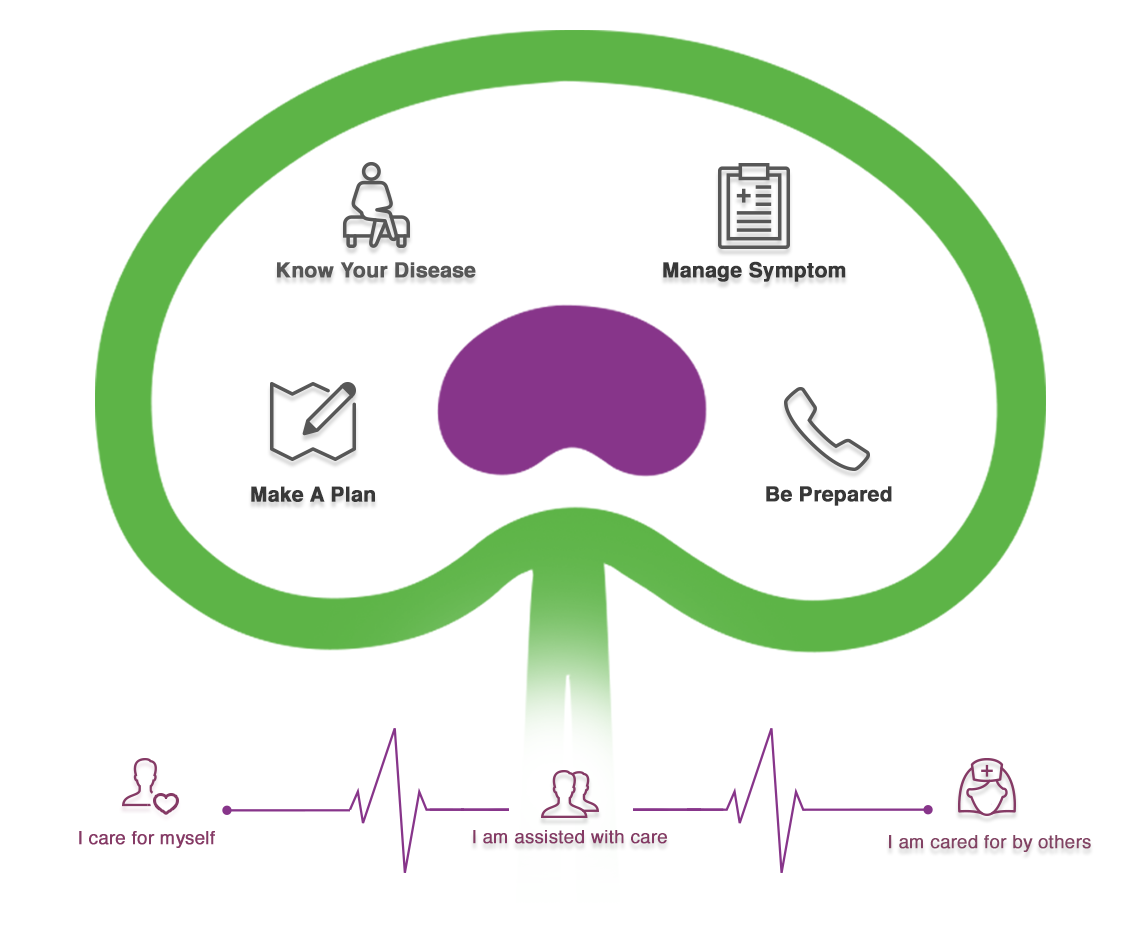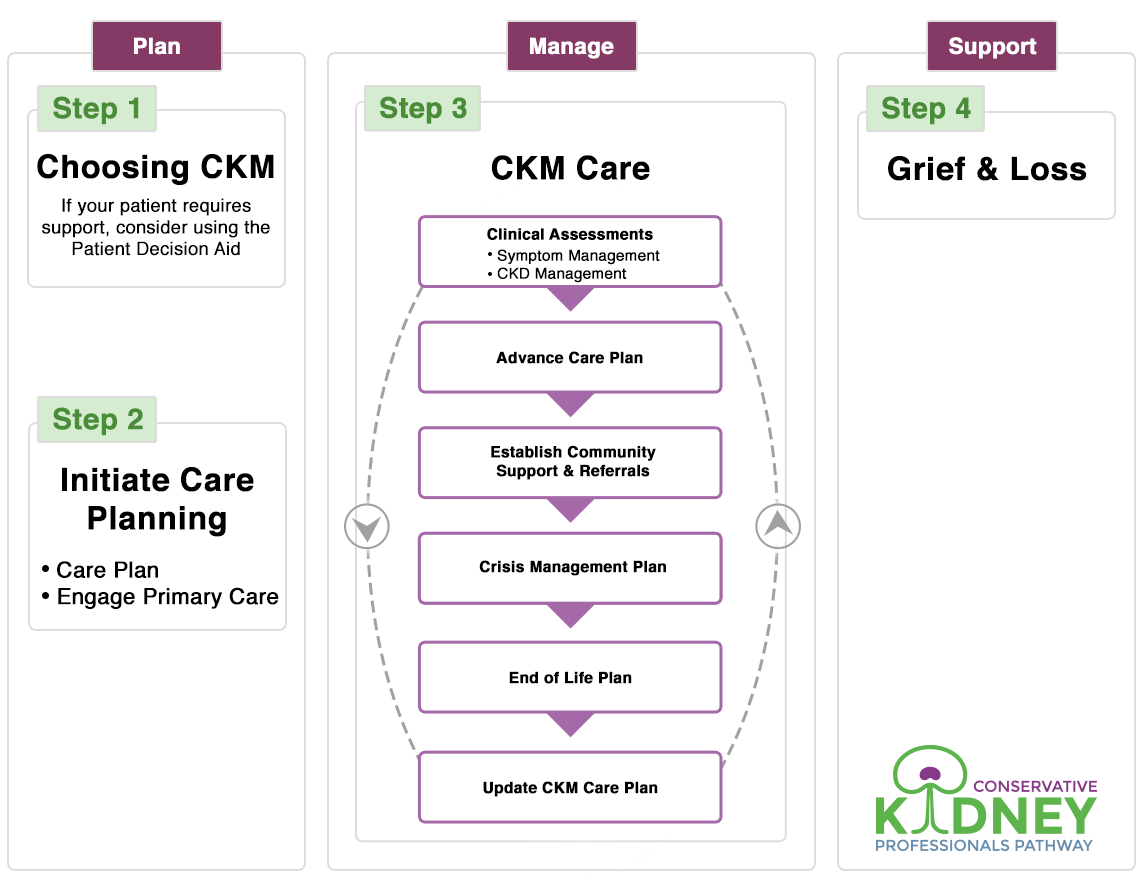Nausea and Vomiting
Guiding Principle:
Treat the patient's nausea/vomiting if it is affecting their quality of life.
Some of the more common causes in this patient population include:
- Metabolic disturbances (eg. uremia)
- Medications (eg. opioids, SSRI antidepressants)
- Gastrointestinal disturbances (eg. constipation, delayed gastric emptying)
- Manage/avoid constipation (See: Constipation Patient Handout).
- Encourage good oral hygiene.
- Offer smaller amounts of food more frequently and adjust timing of meals as necessary. Eat slowly.
- Do not drink alcohol. Try to drink fluids 30-60 minutes before or after meals instead of with meals.
- Minimize aromas (cooking odours, perfumes, smoke, etc.)
- Avoid foods that are greasy, spicy, or excessively sweet.
- Encourage patient to relax in an upright position after eating to facilitate digestion.
- Apply a cool damp cloth to forehead or nape of neck.
- Suggest loose fitting clothing.
- Consider complementary therapies such as relaxation, imagery, acupressure, or acupuncture, and the use of ginger.
- See: Nausea & Vomiting Patient Handout
The below suggestions have been dose-adjusted for the end-stage kidney disease patient and some of the medications are being used off-label for nausea.
The choice of an anti-emetic should take the following into consideration:
- Severity of nausea +/- vomiting
- Degree of kidney failure and patient's overall condition
The primary goal is to balance the control of nausea and vomiting with the careful protection of function and cognition.
Ondansetron (Zofran) 4 mg PO TID
- Can titrate to 8 mg PO TID.
- Ondansetron (Zofran) can be constipating and there are challenges with giving it SC due to availability of injectable concentrations and injection volumes.
Consider replacing with:
- Metoclopramide (Metonia) 2.5 mg PO/subcutaneously q4h around-the-clock and/or PRN*
- Metoclopramide crosses the blood-brain barrier and stimulates the CTZ. Extrapyramidal symptoms are possible.
Consider replacing with:
Haloperidol (Haldol) 0.5 mg PO/ subcutaneously q8h around-the-clock and q4h PRN*
- Haloperidol (Haldol) has a higher risk of extrapyramidal symptoms than metoclopramide (Metonia) and olanzapine (Zyrexa).
OR
Olanzapine (Zyprexa) 2.5 mg PO q8h around-the-clock and q4h PRN*
- It is available in an orally disintegrating formulation but still needs to be absorbed via the lower GI tract.
Symptom control may start to take precedence over the risks to function and cognition. This should be discussed with the patient and family.
Consider increasing: Haloperidol (Haldol) to 1 mg PO / SC q8h around-the-clock and q1h PRN (to a maximum 5 mg in 24 hours)
Consider adding or replacing with:
- Methotrimeprazine (Nozinan) 6.25 mg subcutaneously q8h around-the-clock (5 mg PO)
- NOTE: Increasing the dose of methotrimeprazine may lead to levels of drowsiness that the patient may find unacceptable. This should be discussed with the patient before the dose is increased.
Haloperidol (Haldol), metoclopramide (Metonia), and olanzapine (Zyprexa) are all dopamine antagonists – avoid prescribing them together. They can also exacerbate RLS (See: Restless Legs Syndrome Guideline)
There are special considerations at End of Life (See: End of Life Nausea and Vomiting Algorithm).



